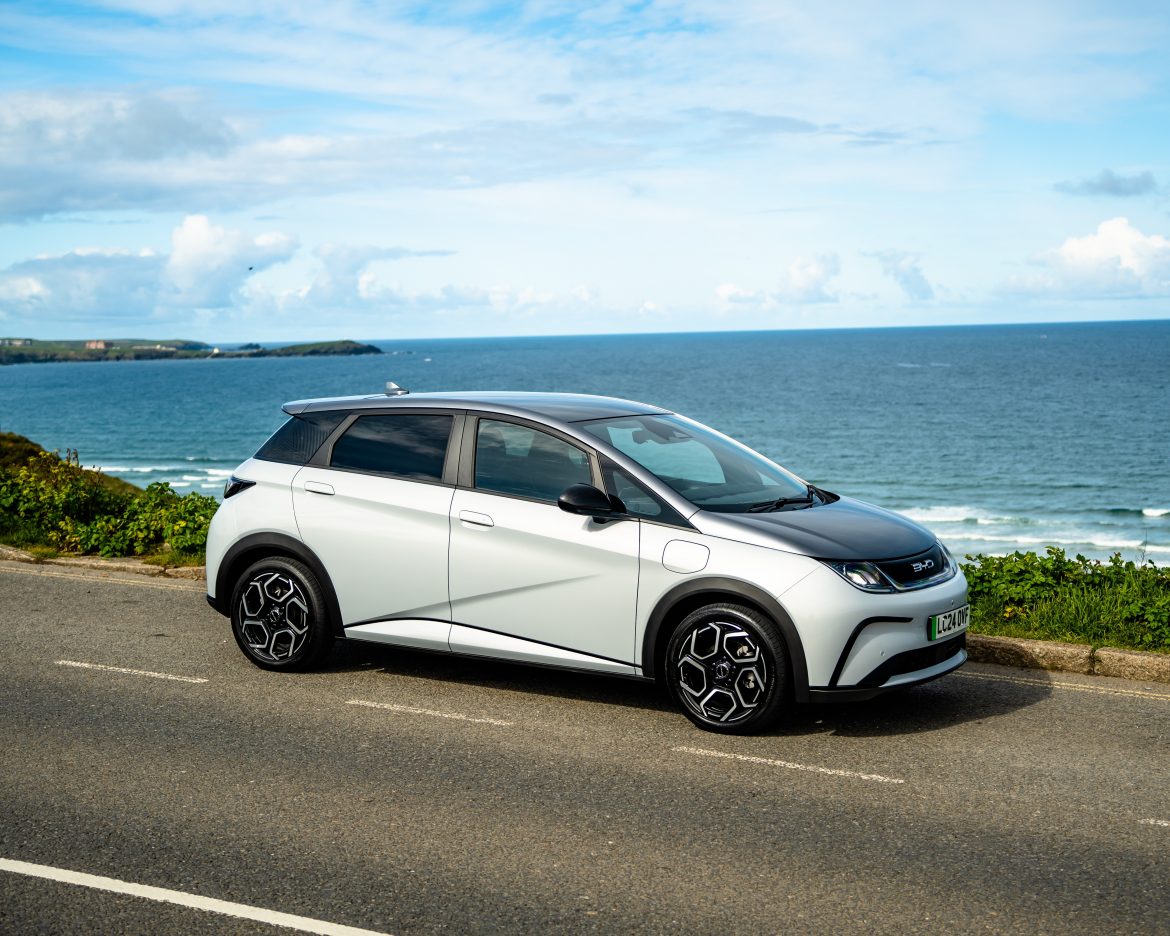European governments are cautiously welcoming Chinese electric vehicles (EVs) despite concerns about market saturation. While the European Union (EU) is investigating Chinese auto subsidies and considering import tariffs, individual European countries are actively competing to attract Chinese EV manufacturers with lucrative incentives.
Chinese EV makers, including BYD, Chery Automobile, and SAIC Motor, are keen to establish manufacturing plants in Europe. Gianluca Di Loreto, a partner at Bain & Company, highlighted the importance of local production for Chinese automakers. “Chinese automakers know their cars must be perceived as European to gain interest among European customers,” he stated. “This means producing in Europe.”
EU tariffs and their implications
The EU is expected to announce its decision on potential tariffs for Chinese EV imports this week. While import taxes could help European automakers compete better, they may also accelerate Chinese investment in European manufacturing to circumvent these tariffs. Chinese-brand cars accounted for 4% of the European market last year, with projections suggesting a rise to 7% by 2028, according to AlixPartners.
Hungary: a gateway for Chinese automakers
Hungary has positioned itself as a prime destination for Chinese EV investments. Last year, EV giant BYD announced its first European factory in Hungary, with a second plant planned for 2025. Hungary has also been negotiating with Great Wall Motor for a potential factory. The country offers various incentives, including cash for job creation, tax breaks, and relaxed regulations to attract foreign investments.
Hungary has invested over $1 billion in recent years to support new battery plants from South Korean companies SK On and Samsung SDI, and Chinese battery giant CATL. This strategic focus on battery production is a crucial part of Hungary’s plan to become a central hub for EV manufacturing in Europe.
Poland: a strategic partner for Chinese EVs
Poland is also attracting Chinese automakers with robust investment programmes. Leapmotor plans to use existing capacity from its Franco-Italian partner Stellantis, with the Tychy plant in Poland identified as a manufacturing base. Poland’s development and technology ministry supports over $10 billion of investments, offering incentives like corporate income tax relief and support for transitioning to a net-zero economy.
Spain: a growing EV manufacturing hub
Spain, Europe’s second-largest car manufacturer after Germany, has secured investment from Chery Automobile, which will start production in the fourth quarter at a former Nissan facility in Barcelona. Spain’s 3.7 billion-euro programme, launched in 2020, aims to attract electric-vehicle and battery plants. Under this scheme, China’s Envision Group received 300 million euros for a battery plant expected to create 3,000 jobs. Spain might also host Stellantis’ planned fourth gigafactory in Europe with CATL.
Chery plans to build a second, larger facility in Europe, and has held talks with several governments, including Italy. Italy’s national automotive fund, worth 6 billion euros between 2025-2030, offers incentives for both car buyers and manufacturers. China’s Dongfeng is among the automakers that have discussed potential investments with Italy.
SAIC’s European ambitions
SAIC Motor, owner of the iconic MG brand, aims to build two factories in Europe. One plant, to be based at an existing facility, could be announced as early as July and will employ a kit-assembly technique targeting an annual production of up to 50,000 vehicles. The second plant would be built from scratch, producing up to 200,000 vehicles annually. SAIC is considering locations in Germany, Italy, Spain, and Hungary.
Economic and logistical challenges
Chinese automakers face higher costs for labour, energy, and regulatory compliance in Europe. However, the costs of exporting cars from China, including shipping and logistics, can quickly erode profit margins. Di Loreto noted that a 15,000-euro car produced in China incurs shipping costs of 500 to 3,000 euros.
Strategic location choices
Labour costs in Northern Europe may be too high for competitive production, making Southern Europe more attractive for premium vehicles due to lower labour costs and high manufacturing standards. For lower-cost vehicles, Eastern Europe and Turkey are appealing options. Turkey, which produces around 1.5 million cars annually, mostly for the EU, offers tariff-free exports due to its customs union with the EU and free trade deals with non-EU countries.
Balancing benefits and risks
European countries are keen to attract Chinese EV investments to boost their economies and job markets. While the EU considers import tariffs to protect its auto industry, national governments are offering incentives to lure Chinese manufacturers. This balancing act highlights the complex interplay between economic interests and regulatory measures in the evolving global automotive landscape.



